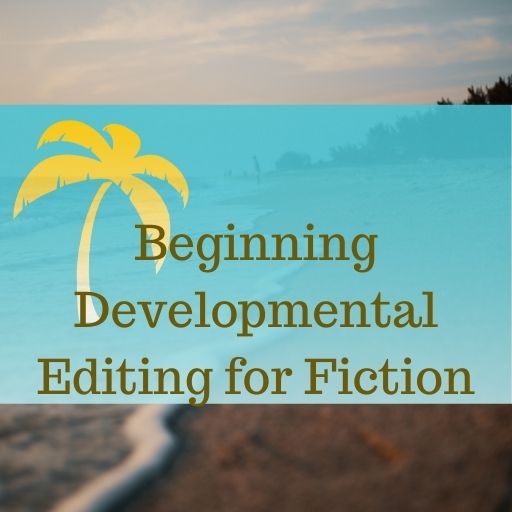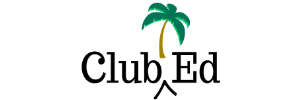How to Create Defensible Edits
As a developmental editor, you need to know how to create defensible edits of a manuscript to help authors put out their best work.
Tips for How to Create Defensible Edits
When you’re doing a developmental edit—looking at the big-picture overview of a novel—you’ll generally be expected to provide two main services:
- editing the manuscript itself, including comments (queries) that help guide the author’s revision
- providing an editorial revision letter to guide the author. The letter highlights your main concerns with the manuscript and advises the author of various ways to fix these problems.
The editing on the manuscript itself will show the author exactly where the problem areas are. Note that the line editing you do as a developmental editor may address awkward sentences or obvious grammatical errors just as a copy editor would do, but do not confuse your job with copyediting.
That is, your main concern is always the big picture. You don’t need to spend half an hour deciding whether “magenta” is really the best word to describe that shade of purple. Leave that decision up to the copy editor. (For more: Line Editing During a Developmental Edit)

If, on the other hand, you read in one sentence, “Joe disliked bananas,” and a paragraph later read, “Joe ate the banana split with relish,” flagging the inconsistency would be your job because effective characterization is the purview of the dev editor.
Overall, you’ll be looking for consistency of plot, clear and believable characterization, appropriate world-building, and a compelling storyline (among other things). When the novel wavers from these standards, it’s your role to point this out and suggest possible ways to solve the problem.
The most important rule for editors: Don’t add in errors. A secondary but still crucial rule is to ensure that any editorial suggestions you make are clear, understandable, and defensible.
Don’t add in errors may sound simple to avoid, but I would say at least twenty-five percent of the full manuscript edits I see include editorial errors. That is, the editor made a change to the manuscript that created an error. Sometimes, the editor has added a typo. Sometimes the editor has changed correct facts (“She was born in the Welsh marches”) to incorrect facts (“She was born in the Welsh marshes”)—a march is a borderland, not a wetland. Sometimes the editor has changed correct grammar (“He was lying in wait”) to incorrect grammar (“He was laying in wait”).
It is one thing to overlook a problem in a manuscript. It’s another thing to create a problem in a manuscript. It’s unacceptable, which is why every edit you make must be defensible.
What does defensible mean?
In the context of developmental editing, it means that you have a good reason (other than personal opinion) for suggesting an edit. In other words, you’re not telling an author that she should change the name of her main character to Brutus because you don’t like the name Joe. No one cares that you don’t like the name Joe.
It’s common for new DEs to suggest edits based on what they would have written if they had written the book. That’s not defensible. No one cares that you would have made that character a race-car driver. What matters is whether the book works as the author intends.
You must have a specific and logical argument for why an edit is needed. “Joe’s motivation isn’t believable” is an example of a defensible argument. If the reader doesn’t buy a character’s motivation, then the novel doesn’t work.
Here’s another defensible edit: “In Chapter One, Mary remarks that she hates wearing red but in Chapter Three she’s wearing a red shirt with no explanation. Please reconcile.” Inconsistencies abound in book-length fiction and your job is to keep track well enough to spot them when they occur.
Tips for Editors & Writers
-
Helping Authors Strengthen Story Settings
The setting of a novel consists of multiple elements, big and small, that nest inside each other like those little Russian dolls. We might show this hierarchy of settings like so: If you think about it, the micro setting of “the living room of 601 San Mateo Road Apartment 16” implies the existence of all…
-
World-building Without Info-Dumping
World-building is often seen as the province of science fiction and fantasy writers who have to convey new-to-us settings and cultures, and occasionally by historical writers who have to convey the feel of an era that a reader may not know much about. But every story takes place somewhere. Even stories set in a contemporary…
-
The Connection Between Character and Setting
Authors have a tendency to prefer focusing on character and/or plot at the expense of setting/world-building. (The exception is some SFF writers, who focus on setting and forget about plot and character.) So as editors we will often call that out and say something like, “Add a little description here. Otherwise it’s like Miles and…
Join the Club!
New to story editing? Begin at the beginning.




